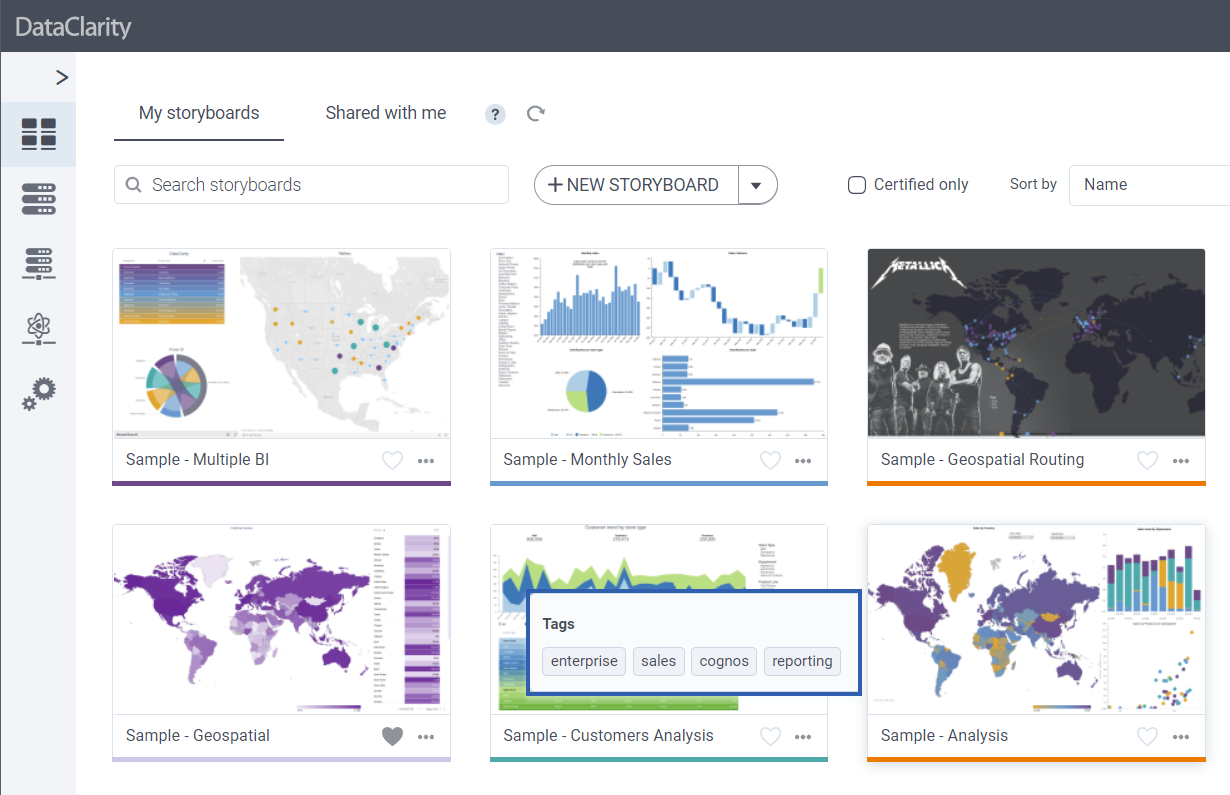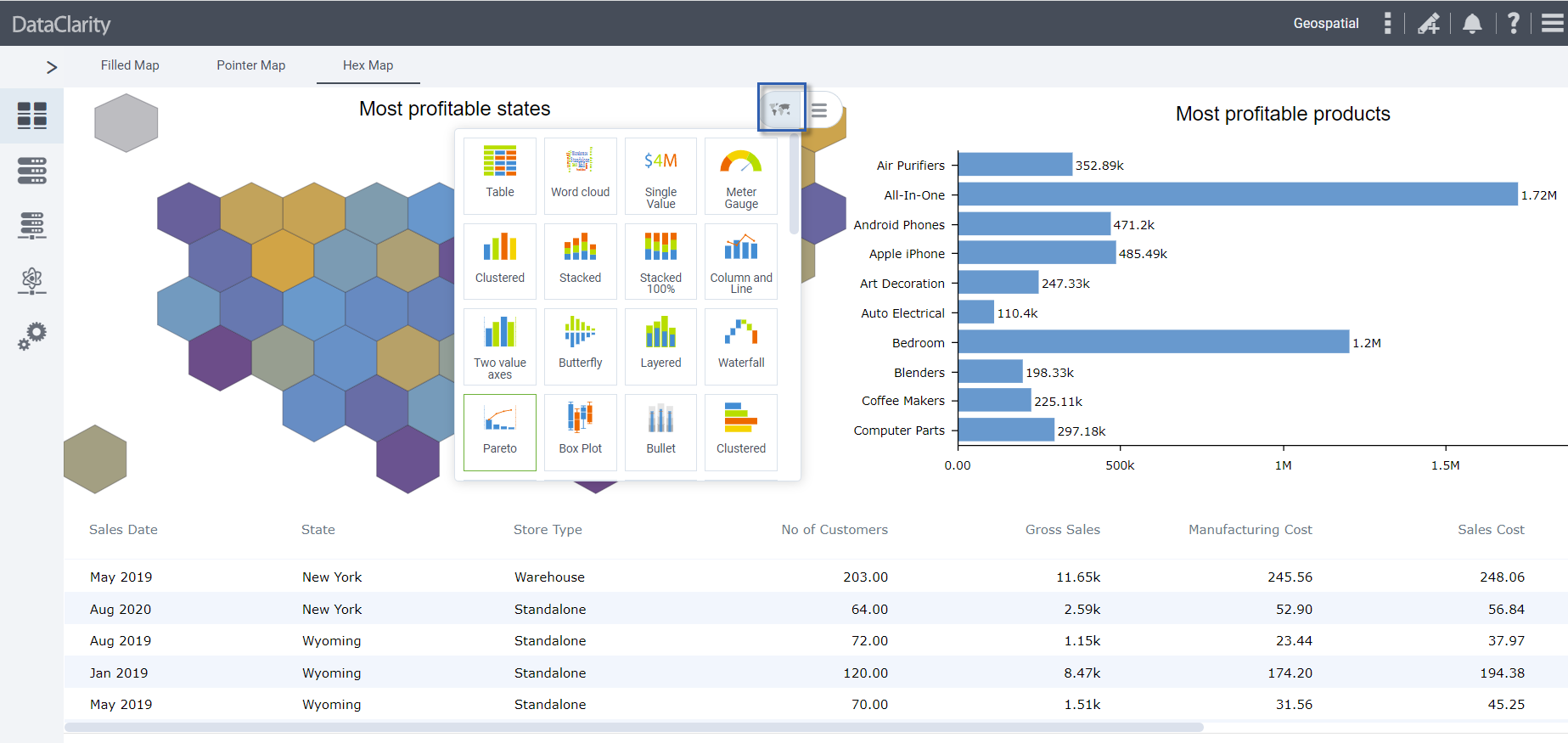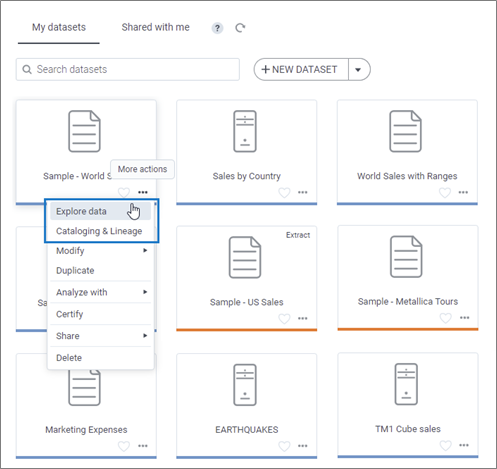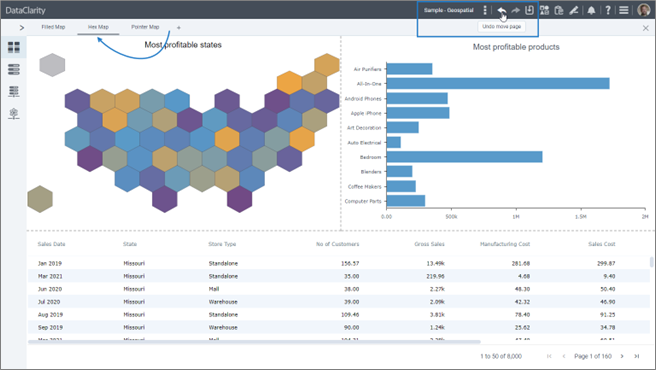Self-service analytics is the holy grail for organizations. It promises to empower business users to generate their own data and insights and liberate the information technology (IT) department to focus on more value-added activities than generating custom reports. But this win-win strategy often goes haywire immediately upon deployment.
Self-service analytics fails when empowered users create hundreds or even thousands of reports, most of which are variations on the same theme but contain conflicting metrics and data. This creates a proverbial Tower of Babel, where everyone talks, but no one communicates. The result is greater confusion and distrust of data than before.
This report describes why self-service analytics seems so easy in theory but is challenging in practice. More importantly, it provides several frameworks to guide organizations in rolling out a self-service analytics strategy that works. The key is to apply the right amount of governance to balance empowerment with control.
This eBook discusses:
- The pitfalls and paradoxes of self-service analytics
- A framework for classifying business users
- The governance process to manage standard reports
- How to coordinate corporate and distributed resources to support business users and ensure that data needs are met
- AI-enabled tools and data virtualization technologies that play a critical role in making self-service a reality
Related Resources
Videos
- Create your first dataset
- How to explore a dataset
- How to add filters to a dataset
- How to add calculations to a dataset
- How to add a data connection
- How to configure datasets caching
- How to use built-in data science functions
- Get started with storyboards
- Create your first storyboard
- How to share a storyboard
- How to publish a storyboard to web
- How to add interactive visualization filters
- How to add data filters to a visualization
- How to filter visualizations using actions
- How to customize visualizations
- How to add interactivity between widgets
- How to create a path map visualization
DataClarity Releases
- All Latest DataClarity Releases
- All New DataClarity 2023.3
- Discover DataClarity 2023.2
- Meet DataClarity 2023.1
- What’s New in DataClarity 2022.6
- Discover DataClarity 2022.5
- Meet DataClarity 2022.4
- All New DataClarity 2022.3
- What’s new in DataClarity 2022.2
- Discover DataClarity 2022.1
- Meet DataClarity 2021.4 & 2021.3
- All New DataClarity 2021.2
- DataClarity 2021.1 is here
- What’s new in DataClarity 2020.10
- Meet DataClarity 2020.9
- Discover DataClarity 2020.8
- All New DataClarity 2020.7
- DataClarity 2020.6 is here
- Meet DataClarity 2020.5
- Discover DataClarity 2020.4
- DataClarity 2020.3 is Here
- Meet DataClarity 2020.2
- DataClarity 2020.1 Features
Online Help
Solution Briefs
Web Pages
Viz Gallery
Analyst Reports
- Eckerson Group Report: DataClarity Product Profile
- How to Succeed with Self-Service Analytics eBook
- Data and Analytics Integration Hubs eBook
Technical Specifications
Blog Articles
- What’s New in DataClarity 2020.6
- Meet DataClarity 2020.5
- Unifying Analytics Across Disparate BI Tools
- Unifying Disparate Data Sources
- The Modern Way to Manage Disparate BI and Data Environments
- DataClarity 2020.4 is here
- Discover DataClarity 2020.2
- What’s New in DataClarity 2020.1?
- Prepare for Data Preparation
- Fostering a Data Science Culture Throughout Your Organization
Featured Webinars




